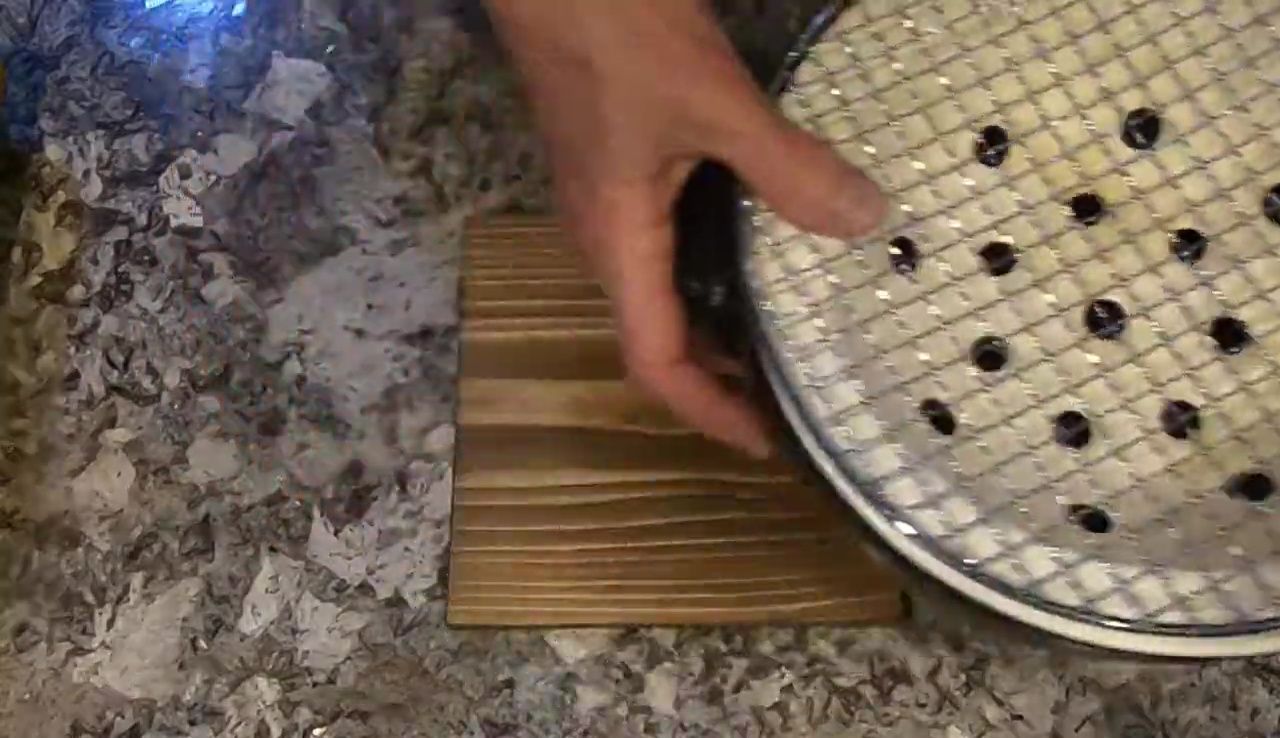Experience the authentic taste of Japan with the Konro grill and binchotan charcoal. This traditional Japanese grilling method offers an unparalleled culinary journey, perfect for intimate gatherings and creating exquisite dishes like yakitori and teriyaki. The Konro grill's ingenious design, featuring a water-filled base and a charcoal chamber, ensures even heat distribution and minimizes smoke, resulting in perfectly seared meats and vegetables. This detailed guide will walk you through assembling the grill, lighting the premium binchotan charcoal, and safely extinguishing it for reuse, maximizing your investment and minimizing environmental impact.Learn the secrets to mastering this age-old technique, from efficiently lighting the intensely hot binchotan charcoal with a butane burner to the crucial steps for safe and proper extinguishment, allowing for reuse and cost savings. Discover the advantages of this sustainable and flavorful grilling method, while also understanding the importance of outdoor use due to the intense heat generated. Prepare to elevate your grilling experience to a new level of authenticity and enjoyment.
Pros And Cons
- Used for grilling kabayaki, teriyaki, yakitori, and similar dishes.
- Can be reused after extinguishing the flame in a heavy pot with a tight lid.
- Binchutan charcoal can be hard to light.
- Requires experimentation to determine the correct amount of charcoal to use.
Read more: Top 10 Japanese Charcoal Grills: A Buyer's Guide
Konro Grill Components and Assembly
The Konro grill is a traditional Japanese charcoal grill, perfect for intimate gatherings and preparing various dishes like yakitori and teriyaki. It's comprised of several key parts: a wooden base for stability, a water-filled base that sits atop the wood, a charcoal chamber for the binchotan, and a grilling screen. The water-filled base helps regulate temperature and minimizes smoke.

Assembling the Konro is straightforward. The water-filled base rests on the wooden base, providing a secure and stable foundation. The charcoal chamber, filled with Binchotan charcoal, then sits within the water-filled base. Finally, place the grilling screen on top of the charcoal chamber to prevent food from directly contacting the coals.

Binchotan Charcoal: Lighting and Usage
Binchotan charcoal is a premium Japanese charcoal known for its intense heat, clean burn, and minimal smoke. It’s a bit more challenging to light than ordinary charcoal. A portable butane burner is recommended for efficient lighting. Once lit, it produces a distinctive orange-gray glow.

To light the Binchotan, place the charcoal in the Konro's chamber and position a butane burner underneath. Allow the charcoal to burn until it glows red-hot, which can take several minutes. Remember that Binchotan burns incredibly hot, requiring careful monitoring and adjustment of the charcoal amount to prevent burning food.

Extinguishing and Reusing Binchotan
Properly extinguishing Binchotan is essential for safety and reuse. Submerge the hot coals in a heavy pot with a tight-fitting lid to cut off oxygen supply. This method allows the charcoal to be safely stored and reused later, saving you money and reducing waste.

The ability to reuse Binchotan is a significant advantage, enhancing its value. Once cooled, the charcoal can be used again, reducing the need for frequent purchases. This practice makes it an environmentally friendly and cost-effective grilling choice.

Konro Grill Safety and Final Thoughts
While Konro grills are commonly seen in Japanese restaurants, it is vital to use them outdoors due to the intense heat and potential for smoke. Always follow safety guidelines and practice caution when handling hot charcoal and grilling tools.

The Konro grill, in conjunction with Binchotan charcoal, delivers a unique and authentic Japanese grilling experience. The high heat allows for perfectly seared meats and vegetables. Its reusable charcoal reduces waste and costs. However, the initial investment and need for outdoor use should be considered.

